Chābahār () (Persian: چابهار, Balochi: چھبار, romanized: čahbàr; transl. 'four springs' or 'spring well'; formerly Bandar Beheshtī) is a city in the Central District of Chabahar County, Sistan and Baluchestan province, Iran, serving as capital of both the county and the district. It is a free port (free-trade zone) situated on the coast of the Gulf of Oman, and is Iran's southernmost city. The sister port city of Gwadar in Balochistan, Pakistan, is located about 170 kilometres (110 mi) to the east of Chabahar.
The city is situated on the Makran Coast of the Iranian province of Sistan and Baluchestan, and is officially designat...Read more
Chābahār () (Persian: چابهار, Balochi: چھبار, romanized: čahbàr; transl. 'four springs' or 'spring well'; formerly Bandar Beheshtī) is a city in the Central District of Chabahar County, Sistan and Baluchestan province, Iran, serving as capital of both the county and the district. It is a free port (free-trade zone) situated on the coast of the Gulf of Oman, and is Iran's southernmost city. The sister port city of Gwadar in Balochistan, Pakistan, is located about 170 kilometres (110 mi) to the east of Chabahar.
The city is situated on the Makran Coast of the Iranian province of Sistan and Baluchestan, and is officially designated as a "Free Trade and Industrial Zone" by the Iranian government. Due to its free-trade zone status, the city has increased in significance in international trade. The overwhelming majority of the city's inhabitants are ethnic Baloch people, who speak their native Balochi language in addition to Persian.
At the 2006 census, its population was 71,070 in 13,837 households. The following census in 2011 counted 85,633 people in 19,313 households. The latest census in 2016 showed a population of 106,739 people in 25,896 households.
There is a fishing village and former port named Tis in Chabahar's neighborhood, which dates from 2500 BC, known in Alexander the Great's conquests as Tiz, eventually renamed Tis. In addition, in his book Aqd al-Ala lel-Moghefe al Ahla, Afdhal al-Din abu Hamid Kermani wrote in 584 A.H. (1188 C.E.) about the port of Tiz and its commerce and trade. According to the scholar and historian, Alberuni, author of an encyclopedic work on India called "Tarikh Al-Hind", the sea coast of India commences with Tiz or modern Chabahar.[1][2] Tis was formerly an active commercial port, and was destroyed by the Mongols.[citation needed] There are still some ruins in the village. The Portuguese were the first colonial country to attack the Makran (Oman) Sea. The Portuguese forces under Afonso de Albuquerque gained control of Chabahar and Tis, staying there until 1031 A.H. (1621 C.E.). The British, and later the Portuguese in the 17th century (1616 C.E. or 1026 A.H.), entered this region.[citation needed]
Modern Chabahar dates back to around 1970 C.E., when it was declared a municipality and large port projects were started by order of Mohammad Reza Pahlavi. A modern naval and air base was established as part of the Shah's policy of making Iran into a dominant power in the Indian Ocean. At that time these and other development projects in and around Chabahar involved the extensive participation of foreign companies, especially from the United States. After the 1979 C.E. revolution the foreign companies left the projects and Iranian public companies linked to the Ministry of Jahad-e Sazandegi (or jihad for construction) took them over. The Iran–Iraq War caused Chabahar to gain in logistical and strategic importance. War brought insecurity to the Strait of Hormuz and ships were unable to enter the Persian Gulf. Accordingly, Chabahar became a major port during the war. In the 1980s the Iranian government developed a new scheme named the Eastern Axis Development Scheme, which aimed to use Chabahar's geographical position as a regional development tool to stimulate economic growth in the eastern provinces. The establishment of the Chabahar Free Trade-Industrial Zone in 1992 resulting from the EAD Scheme brought development and encouraged immigration from other parts of the country to Chabahar.[citation needed]
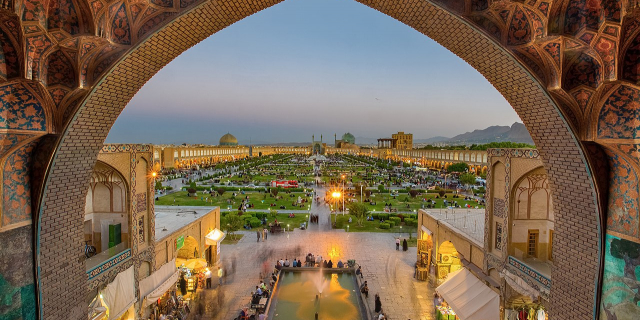







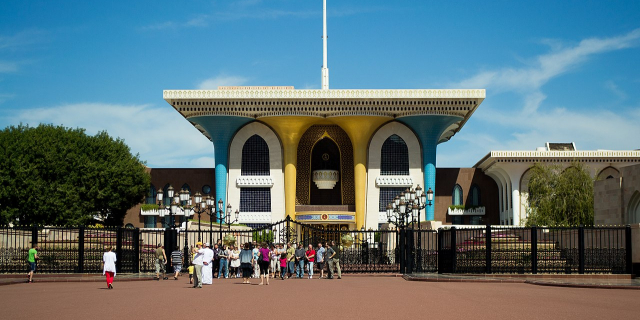

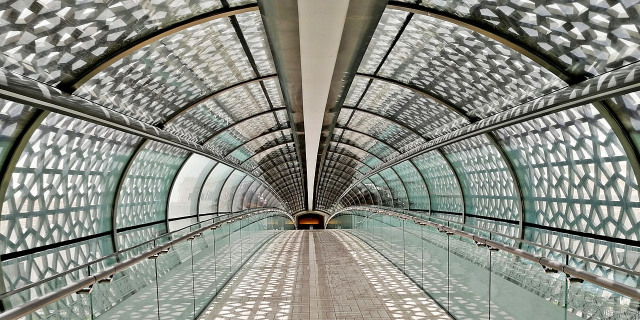

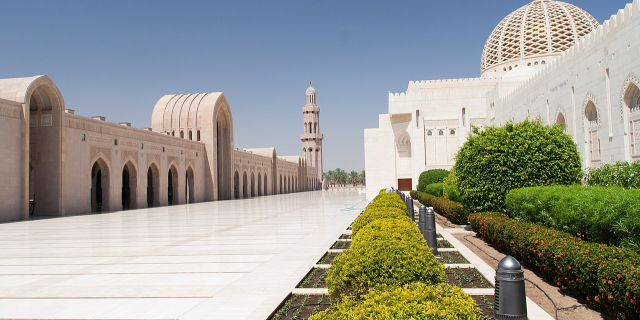

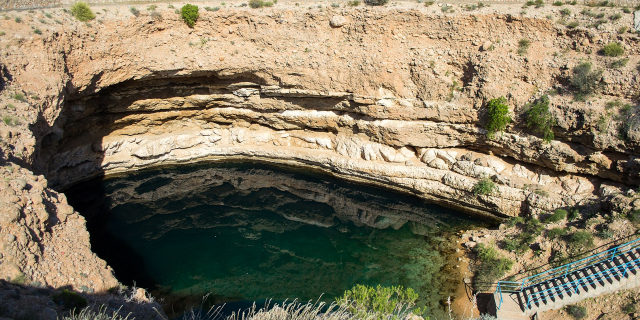

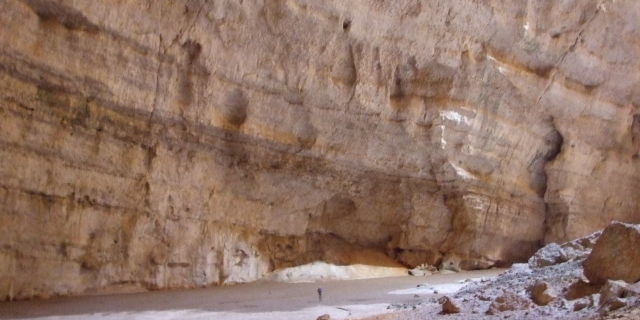









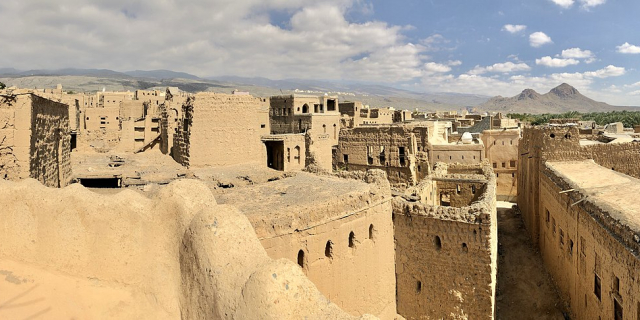

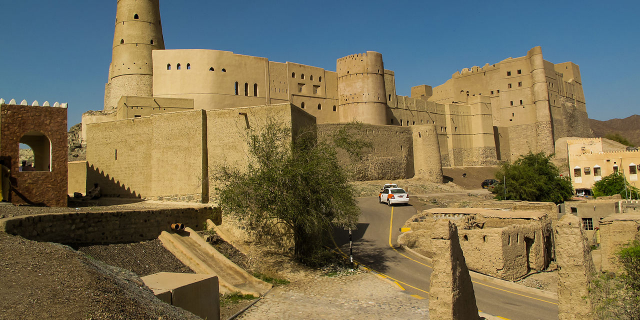


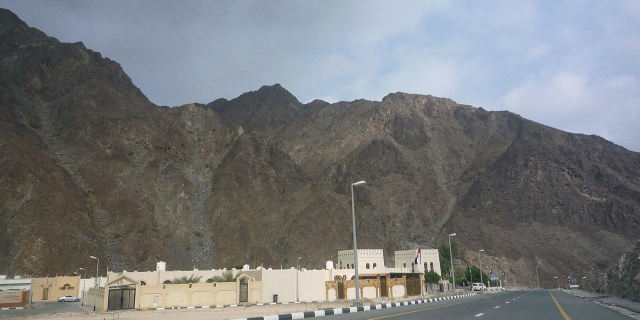

Add new comment